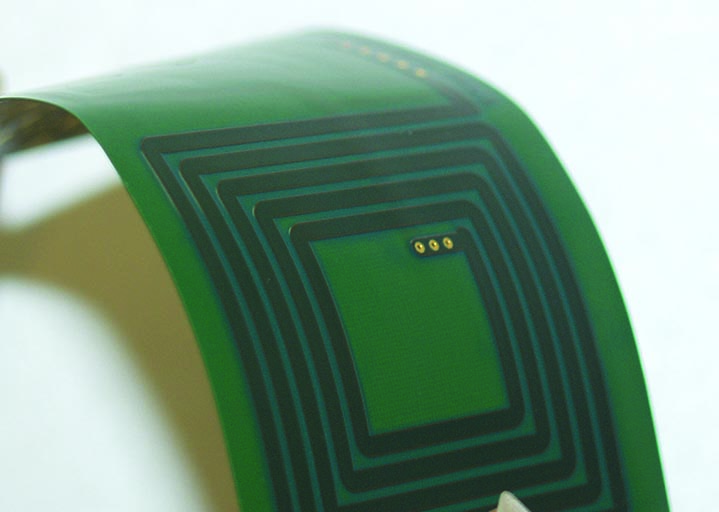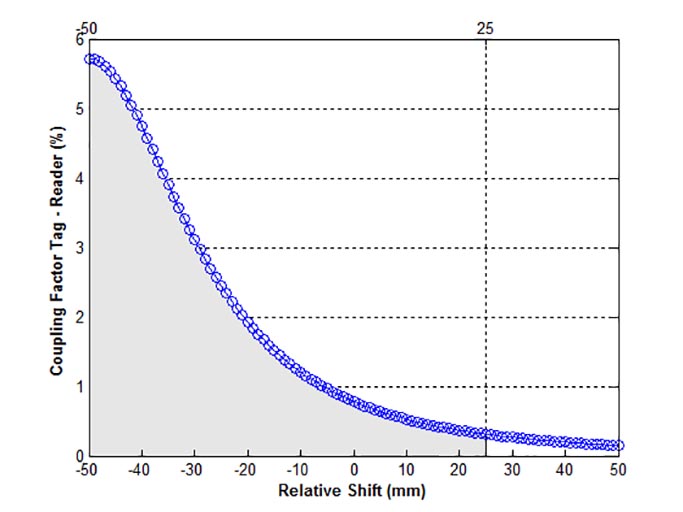WIRAplant: Wireless Active Implants


Motivation
Wirelessly transferred energy for mobile devices, systems, and sensors provides a huge number of advantages which find a direct application in all areas where connecting cables represent a development bottleneck or a mechanical, electrical and biological difficulty. In the domain of medical and biological equipment, the wireless energy transmission can be implemented in any kind of mobile devices which must be regularly charged like portable scanners, diagnostic tools and especially implants. It is particularly useful for systems with actuators or telemetry and monitoring functions worn close to the body or inside it. In the case of wearable electronics, it can be incorporated into jackets, vests or undergarments and be used for health analyses.
When considering the domain of implants (e.g. pacemaker, defibrillator, hydrocephalus implant, retina implant…) supplying these systems inside the body is a challenging issue, since connecting them with cables and a galvanic plugging interface through the skin constitutes an ideal housing for pathogenic agents and opens the door for infections and is uncomfortable for the patient. Moreover, when implanting energy consuming actuators like pumps or defibrillators, battery-based solutions are limited in terms of operating time and need thus to be regularly replaced with heavy and risky surgical interventions. The wireless energy transmission allows to overcome this major issue by supplying the accumulators of the implanted device periodically without cables and thus without physical intervention. In that way, long-term ambulant therapies involving energy consuming devices are made possible by guaranteeing the comfort and the mobility of the patients.
WIRAplant based on the WiTech-Technology
The wireless energy transmission system developed at the Fraunhofer ENAS department ASE called WiTech allows to transmit wirelessly both data and power up to 50 W. It is built on conventional low-cost printed circuit board (PCB) which has the powerful advantages to be highly miniaturizable, flexible, easily integrable in existing devices (and their housings), and combinable with other electronic PCB modules. The transmission area is not restricted and offers the greatest possible lateral freedom. It can cover large surfaces like a bed, an operation table or a diagnostic plane in medical centers but also at home. In order to limit the transmission area to the geometrical location of the receiving device, an array of switched coils are implemented on the transmitting PCB area. These coils detect the presence of an authorized receiver and are driven only at positions where the energy transmission is needed, optimizing and restricting dynamically the transmission pattern. In this way the magnetic fields are generated only at focused areas without spreading out over the whole transmitting area. This smart energy transmission system contributes to improve the system’s efficiency simultaneously and to reduce drastically the radiated field by focusing it at requested positions.
Technical data
The WiTech technology involved in the WIRAplant project is based on the inductive energy transmission. The involved frequencies are in the domain of some MHz, which are non-aggressive and have the advantage of offering useful ranges with a good efficiency by limiting unwanted side effects such as heating metallic foreign bodies. The system is able to transmit up to 50 W and current investigations are carried out in order to reach higher powers up to 80 W or even 100 W. The maximum operating distance is about 10 cm with an efficiency up to 70 %. However, extended transmission ranges can be achieved by using larger coils or by reducing the acceptable level of efficiency.
 Fraunhofer Institute for Electronic Nano Systems
Fraunhofer Institute for Electronic Nano Systems